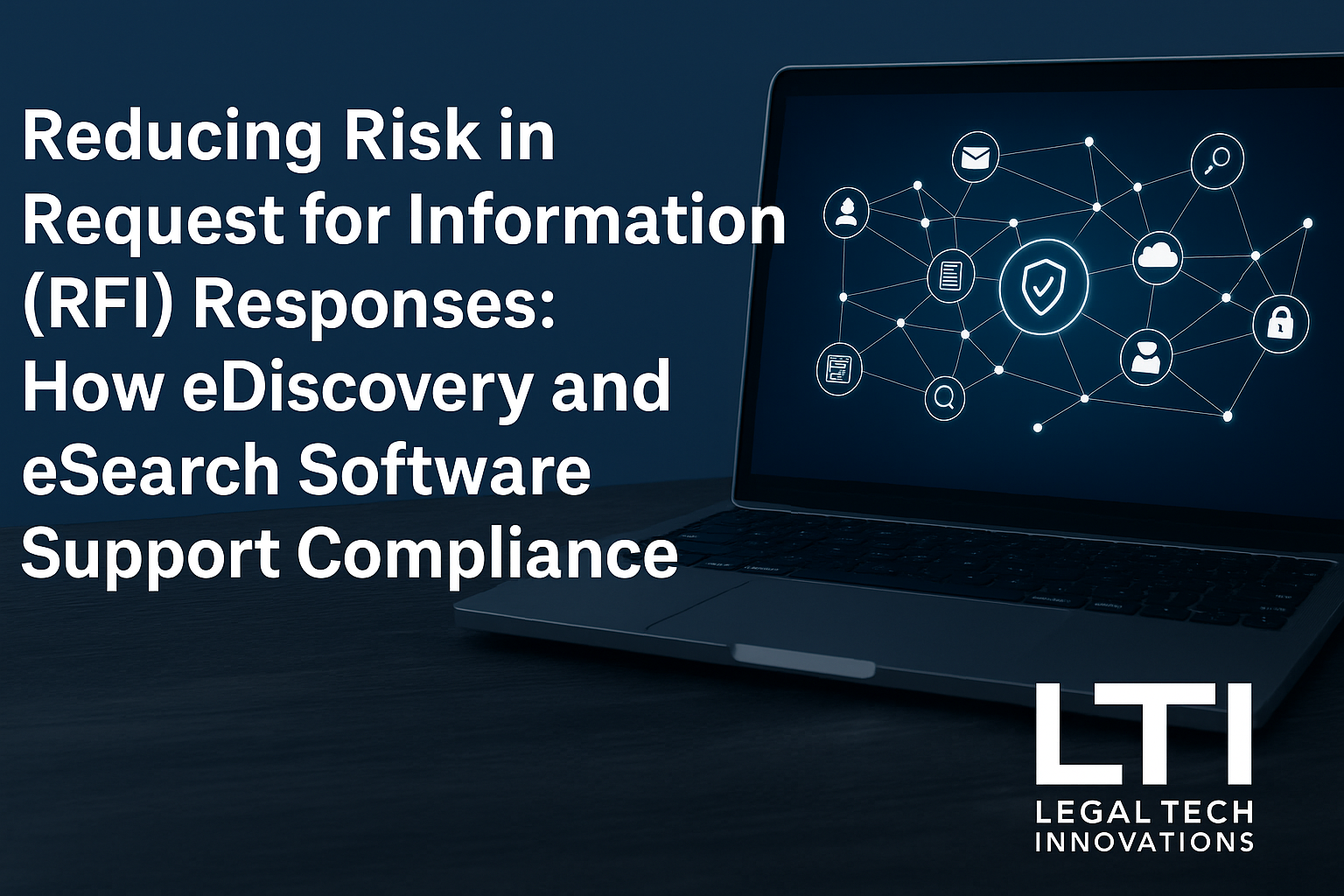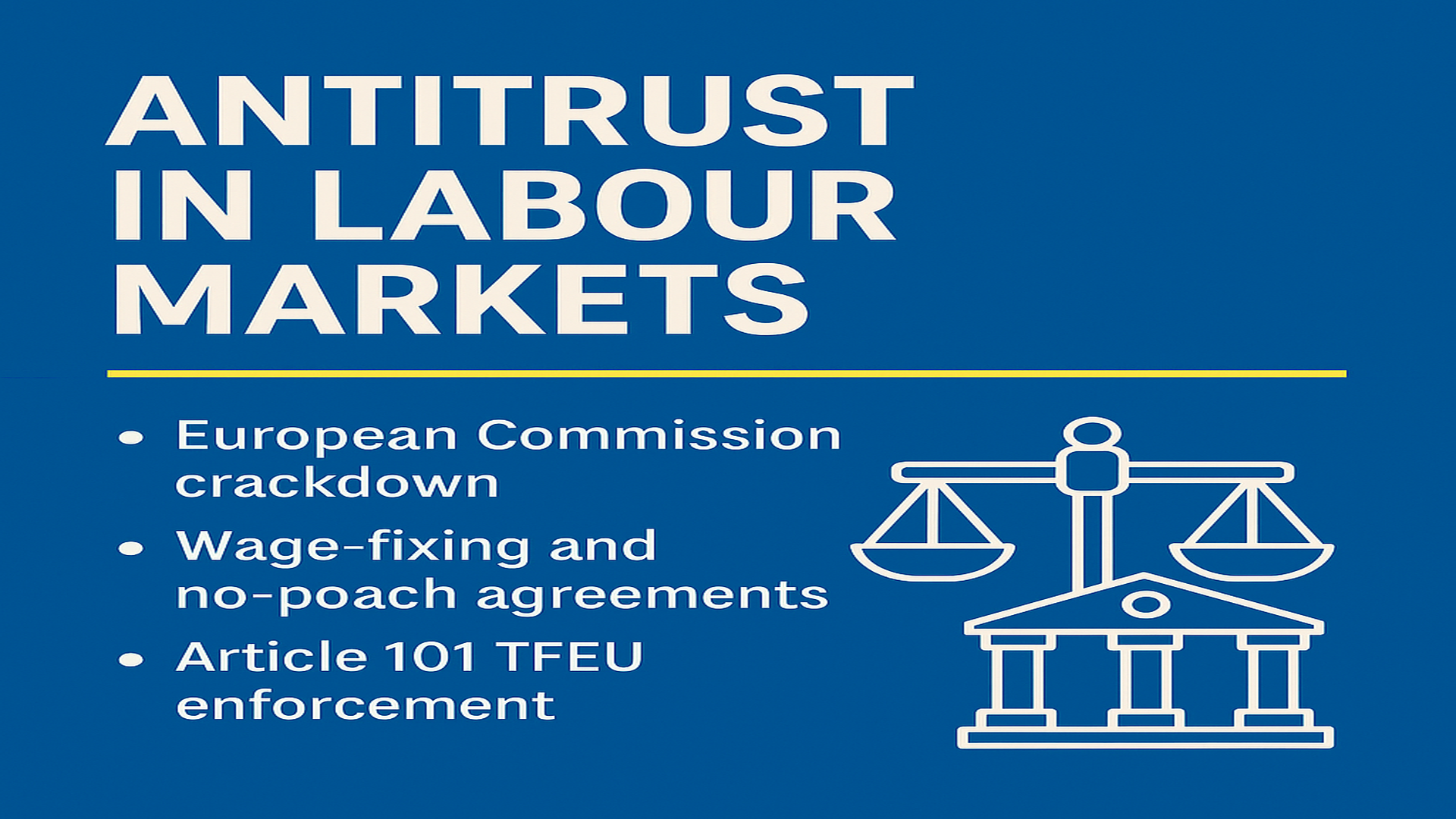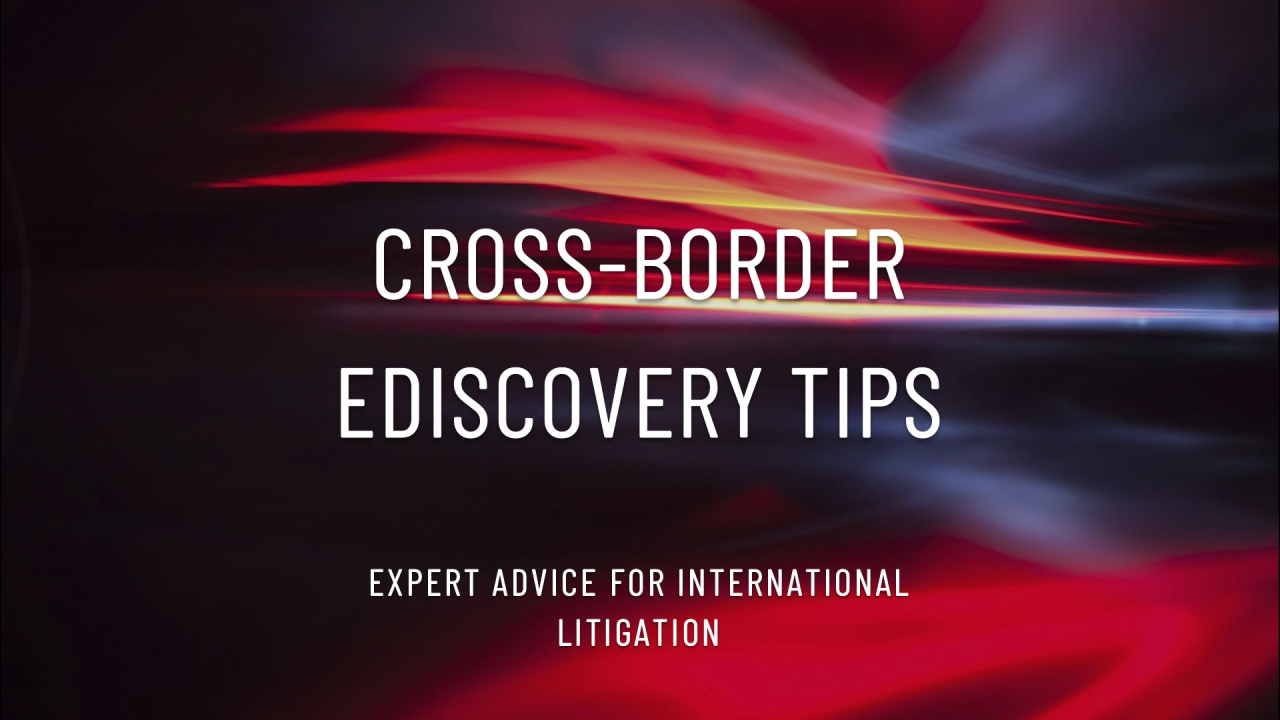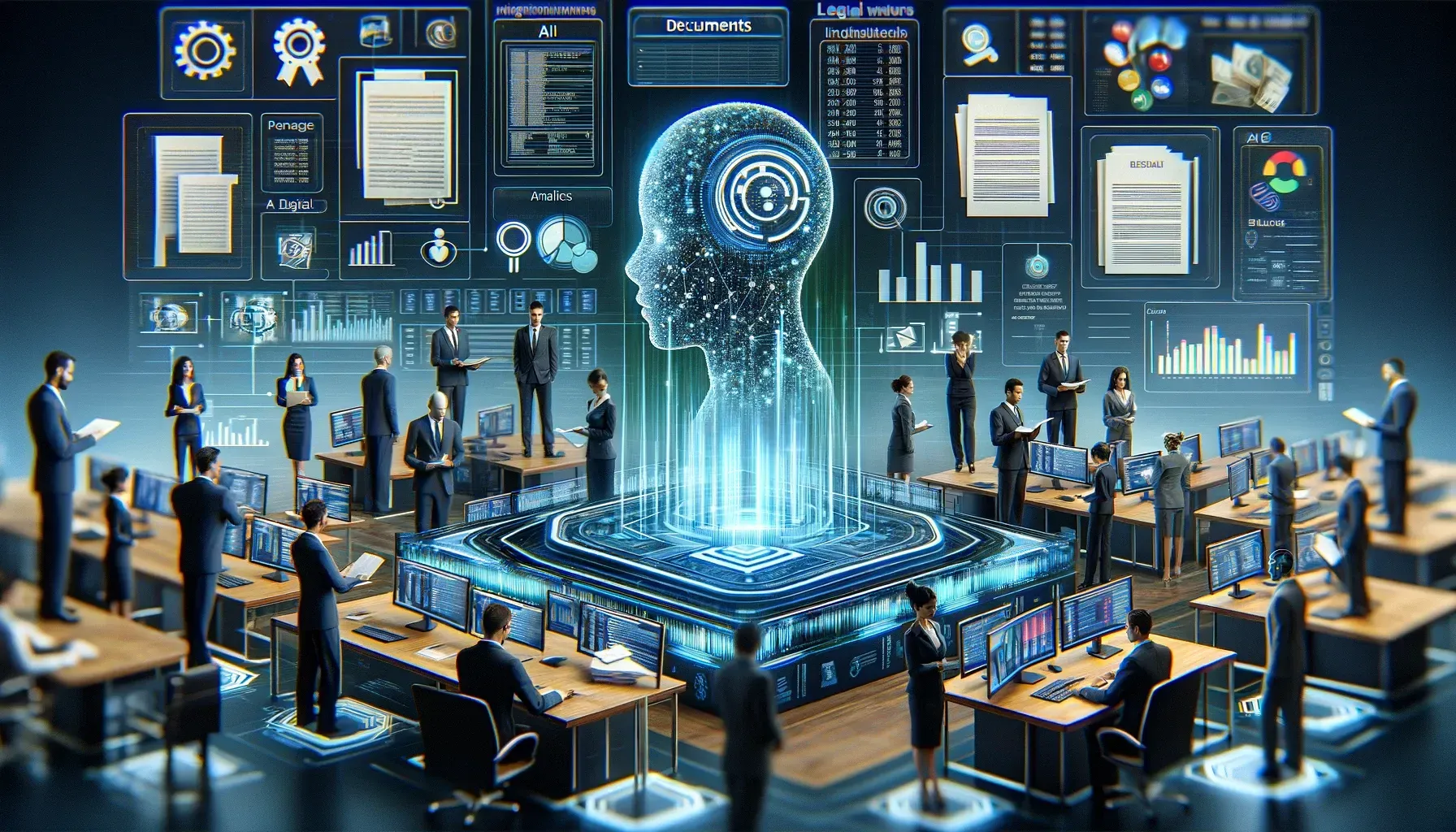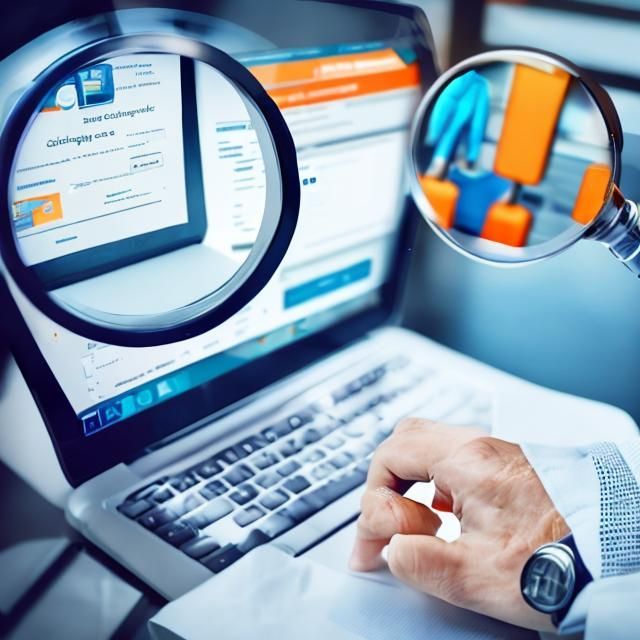The Future of eDiscovery: Trends to Watch in 2025
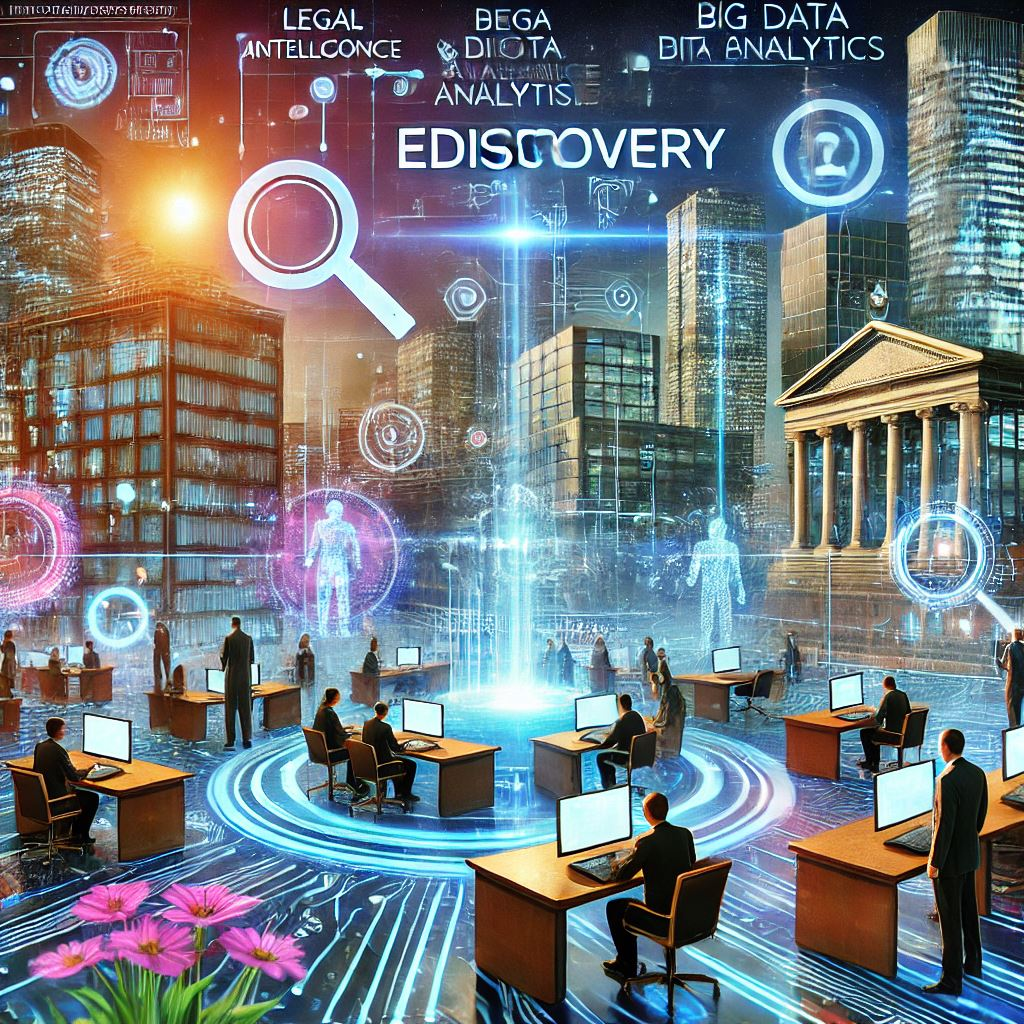
As we step into 2025, eDiscovery is evolving faster than ever. Advances in technology, stricter data regulations, and the growing complexity of digital evidence are reshaping how legal teams approach their mandates. It’s crucial to understand the trends driving these changes. Here’s what to watch for in the coming year:
AI and Machine Learning: Redefining eDiscovery
AI and Machine Learning (ML) have become essential tools in eDiscovery. By rapidly analysing massive datasets, these technologies uncover relevant documents and patterns that would take weeks—or months—for humans to find. They also offer insights into cases' risks, helping legal teams refine their strategies.
For those of us dealing with large-scale investigations or litigation, the impact is clear: less time spent drowning in data and more time building compelling cases. AI isn’t just a convenience—it’s a competitive advantage.
Examples in Action: Tools like generative search capabilities and sentiment analysis are already revolutionizing workflows. For instance, generative search helps identify and retrieve relevant documents efficiently, while sentiment analysis can flag critical communications, such as emails with hostile or deceitful tones.
Future Predictions: As AI becomes more sophisticated, we may see even greater capabilities, such as AI drafting document summaries based on selected document sets, e.g. privileged documents or core bundles for witness preparation.
Data Privacy and Security: A Growing Priority
With regulations like GDPR and CCPA tightening their grip, the stakes for protecting sensitive data have never been higher. Mishandling information can lead to fines, reputational damage, and compromised cases.
In eDiscovery, this means adopting secure workflows, robust encryption, and compliant storage solutions. It’s not just about avoiding penalties; it’s about demonstrating to clients, work counsels and courts/regulators that data is handled with care.
Emerging Challenges: Cross-border data transfers remain a significant hurdle, particularly in cases involving international jurisdictions with conflicting privacy laws.
Practical Takeaways: Legal teams knowing how to audit the data-handling processes and partner with providers that prioritise compliance.
Cloud-Based eDiscovery: Flexibility Meets Efficiency
The shift to cloud-based platforms continues to transform eDiscovery. These solutions offer flexibility, scalability, and cost-effectiveness, making it easier for teams to collaborate, regardless of location.
For complex cases involving multiple jurisdictions, the cloud is a game-changer. It streamlines workflows, and ensures everyone is working from the same, secure environment—no matter the location or time zone.
Supporting Statistics: According to recent industry reports, 70% of legal teams now rely on cloud-based platforms for their eDiscovery needs, citing improved efficiency and reduced costs as key benefits.
Proactive eDiscovery: Stay Ahead, Not Behind
Proactive eDiscovery flips the script, focusing on preparation instead of reaction. By implementing strong information governance, conducting regular audits, and leveraging analytics, organisations can reduce the time, cost, and chaos of reactive discovery.
Think of it as the legal equivalent of keeping your house in order—when an investigation or litigation strikes, you’re ready to respond confidently and efficiently.
Practical Steps: Start with an information governance policy tailored to your organisation’s needs. Use analytics tools to monitor data trends and flag anomalies before they become issues.
Looking Ahead
The future of eDiscovery is bright, but it demands adaptability. By embracing AI, prioritising data security, leveraging the cloud, and adopting proactive strategies, legal teams can meet the challenges of 2025 head-on.
Contact us to discover how LTI can help with your next project.
info@legaltechinnovations.com


